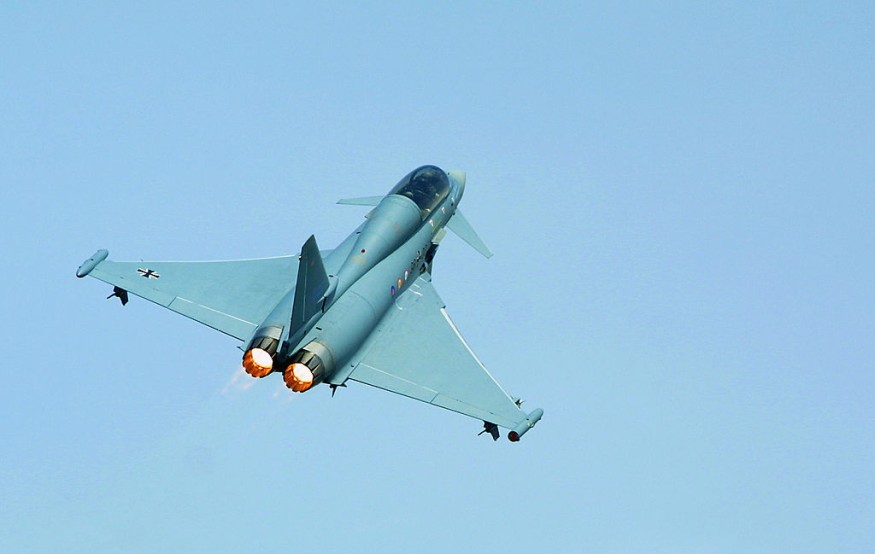
The US military's X-37B space plane is about to make history by performing a series of innovative aerobraking maneuvers in space.
This advanced robotic spacecraft has been orbiting Earth in a highly elliptical path for the past 10 months since its launch on a SpaceX Falcon Heavy rocket in late December of last year. This mission is designated as OTV-7, which stands for "Orbital Test Vehicle-7," marking its seventh mission overall.
X-37B's Mission to Enhance Space Exploration
The X-37B is not just another spacecraft; it is designed for a variety of experiments and technologies that could help enhance our understanding of space. Currently, it is involved in experiments related to radiation effects and is testing technologies for Space Domain Awareness, which helps monitor activities in space.
Recently, officials announced that the X-37B will use the atmosphere of Earth to change its orbit. This groundbreaking move showcases the advancements made by the US Space Force in the field of space exploration and national security.
According to The War Zone, the upcoming series of aerobraking maneuvers is exciting because it allows the X-37B to lower its orbit by using he drag created by Earth's atmosphere. This process will help conserve fuel, making the mission more efficient. Once the X-37B reaches a lower, more circular orbit, it will begin to detach its service module components.
These components will stay in orbit for a shorter time compared to if they were released in a high Earth orbit, which is important for reducing space debris and keeping our space environment clean.
Space Technology Advancements
"This novel and efficient series of maneuvers highlights the Space Force's commitment to leading innovation while carrying out national security missions in space," stated Frank Kendall, Secretary of the US Air Force.
Gen. Chance Saltzman, Chief of Space Operations, also stressed the importance of these maneuvers. He noted that they mark a crucial achievement for the US Space Force as it aims to improve its skills and capabilities in this demanding area of work.
The X-37B's aerobraking maneuvers will be the first of their kind for this spacecraft and build on the knowledge gained from previous missions, including those that explored the Moon and Mars.
After successfully completing the aerobraking maneuvers, the X-37B will continue its objectives related to testing and experimentation. The spacecraft will eventually de-orbit and land, following the same procedures it has executed during its six previous missions.
The X-37B's remarkable ability to return safely to Earth is one of its key features, demonstrating its potential for reuse in future missions.
The current mission, OTV-7, follows a previous mission that achieved a remarkable milestone by remaining in orbit for an impressive 908 days. This shows just how capable the X-37B is in terms of long-duration space operations.
Interestingly, China has also made strides in this area, successfully bringing back its own reusable space plane after a 268-day mission.
Despite the excitement surrounding the X-37B, there are still many questions about what exactly the spacecraft is doing in orbit. The primary payload bay is roughly the size of a truck bed, and it includes a service module adapter that allows it to carry additional equipment into space.
However, Space Delta 9, the unit overseeing the X-37B, has not provided many details about the specific missions planned for the spacecraft upon its deployment.
READ MORE : New Robotic Finger Technology May Transform Breast Cancer Detection With Advanced Touch Sensitivity
© 2025 ScienceTimes.com All rights reserved. Do not reproduce without permission. The window to the world of Science Times.










